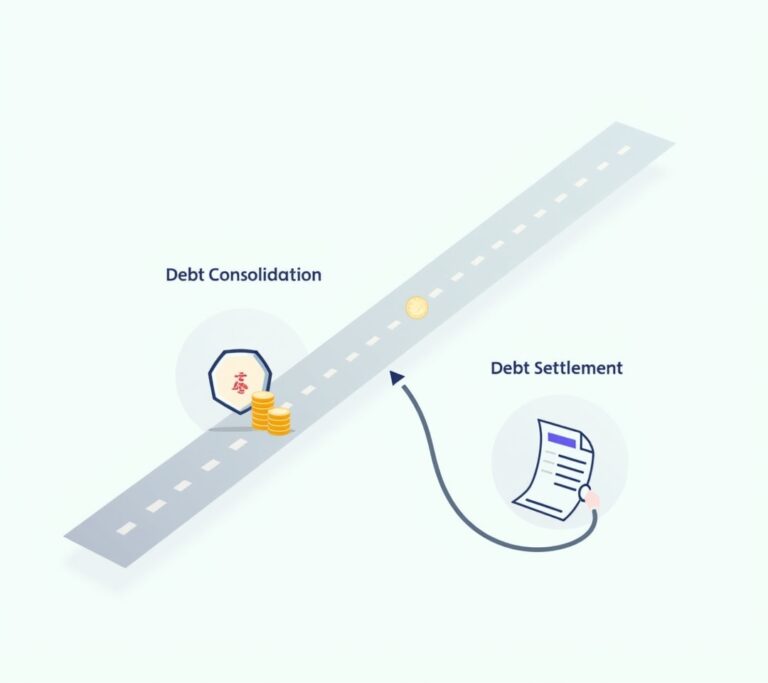Advertisements
Did you know that the average American household carries over $6,000 in credit card debt alone? Well, I was way above average – and not in a good way! When I finally faced my financial reality in 2019, I owed nearly $30,000 across credit cards, medical bills, and a personal loan.
Let me tell you, realizing you’re drowning in debt is terrifying. However, discovering debt management plans literally saved my financial life, and I’m gonna share everything I learned through trial and error.
If you’re feeling overwhelmed by multiple debts and sky-high interest rates, stick around. Because what I’m about to share could help you breathe again.
What Exactly Is a Debt Management Plan?

So basically, a debt management plan (DMP) is like having a financial mediator between you and your creditors. You work with a credit counseling agency who negotiates lower interest rates and creates one monthly payment for all your unsecured debts.
When I first heard about DMPs, I thought it was some kind of scam. But after researching through the National Foundation for Credit Counseling, I realized these were legitimate programs that could actually help.
The best part? Your credit counselor does most of the heavy lifting. They contact your creditors, negotiate better terms, and sometimes even get late fees waived – mine got $800 in fees removed!
How I Knew It Was Time for Professional Help
Looking back, the signs were obvious. I was making minimum payments on six different credit cards, and the balances weren’t budging.
Every month felt like running on a hamster wheel. Plus, I’d started doing that thing where you pay one credit card with another – yeah, not my proudest moment.
The breaking point came when I calculated that at my current rate, it would take 23 years to pay everything off. Twenty-three years! That’s when I knew I needed a structured debt repayment strategy.
Red Flags That You Might Need a DMP
- You’re only making minimum payments
- Your debt-to-income ratio exceeds 20%
- You’ve been declined for debt consolidation loans
- Collection calls are disrupting your daily life
- You’re considering bankruptcy but want to avoid it
The Process: What Actually Happens
First, you’ll have a free consultation with a credit counselor. Mine was through FTC-approved agencies, and honestly, I was nervous as heck.
They reviewed all my debts, income, and expenses. No judgment, just facts. Then they showed me how a debt management program could reduce my interest rates from an average of 22% down to about 8%.
Once I enrolled, things moved quickly. Within two weeks, my counselor had contacted all six creditors and negotiated new terms. My scattered payments got consolidated into one $650 monthly payment – down from the $780 I was barely managing before.
What Surprised Me Most
The emotional relief was immediate. Having one payment date instead of six different due dates? Game-changer!
But here’s something they don’t tell you – some creditors will close your accounts. Three of mine did, which initially hurt my credit score by about 40 points. However, after six months of consistent payments, my score actually improved beyond where it started.
The Good, The Bad, and The Unexpected
Let’s be real – debt management plans aren’t perfect. You typically can’t use credit cards while in the program, which was tough when my car needed emergency repairs.
Also, these plans usually take 3-5 years to complete. Mine took 4 years and 2 months, and there were times I wanted to quit.
But the benefits outweighed the challenges:
- Interest rates dropped dramatically
- One simple monthly payment
- Creditors stopped calling (hallelujah!)
- Built better financial habits
- Avoided bankruptcy
Hidden Benefits Nobody Talks About
Through my credit counseling sessions, I learned budgeting skills that stuck. They taught me the 50/30/20 rule and how to track expenses without going crazy.
Plus, being forced to live without credit cards made me realize how much I’d been overspending. It was like a financial detox that reset my relationship with money.
Your Next Steps Toward Financial Freedom

If you’re considering a debt management plan, start by calculating your total debt and monthly income. Then reach out to a nonprofit credit counseling agency for that free consultation – seriously, what do you have to lose?
Remember, asking for help isn’t failing; it’s taking control. Four years ago, I was too embarrassed to even look at my credit card statements. Today, I’m completely debt-free and actually have savings!
Whatever path you choose, whether it’s a DMP, debt consolidation, or another strategy, the important thing is to start somewhere. Your future self will thank you, trust me on that one.
Want more real talk about managing money and building financial confidence? Check out other posts on Clear Cents where we break down complex financial topics into actionable steps. Because everyone deserves a chance at financial peace of mind!




[…] if you found this helpful, check out other financial recovery stories and tips at Clear Cents. We’ve all made money mistakes – what matters is […]
[…] your credit score) will thank you. If you found this helpful, check out more money-saving tips and financial wisdom at Clear Cents – we’re all about making cents of your […]